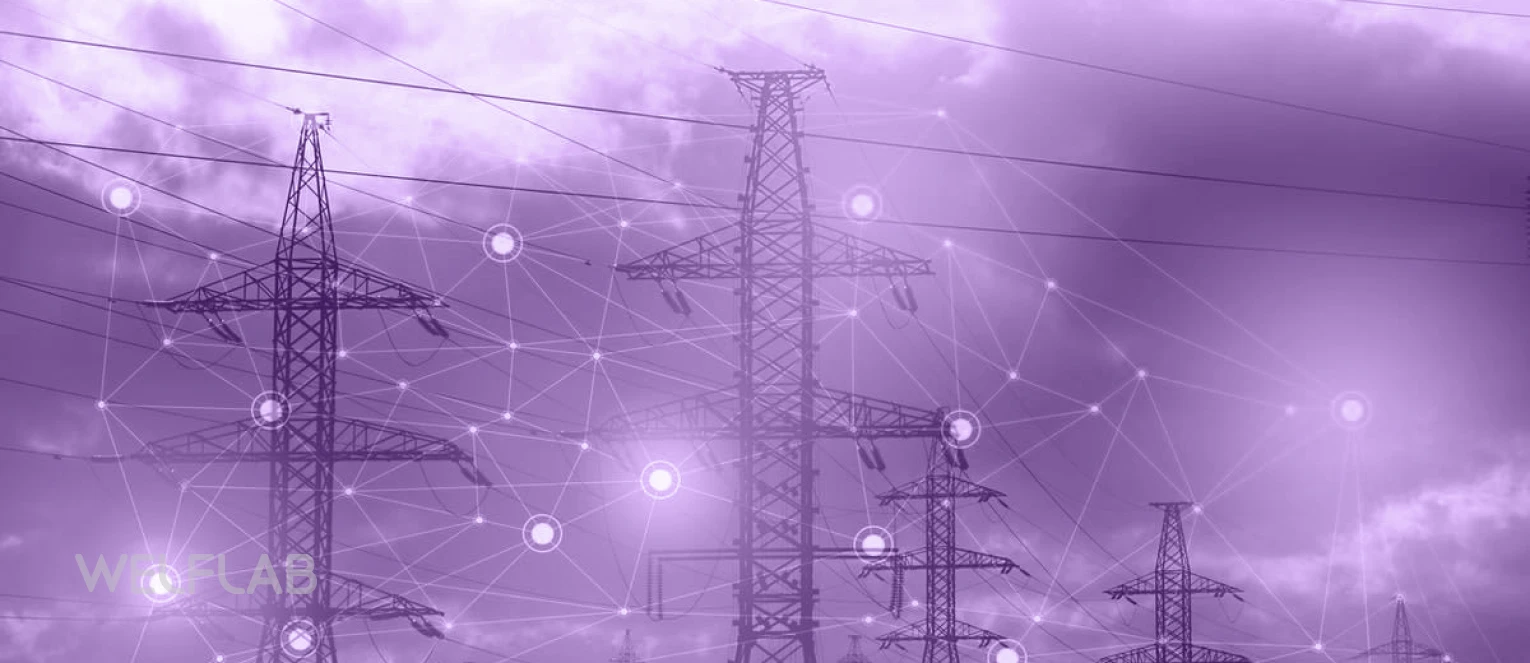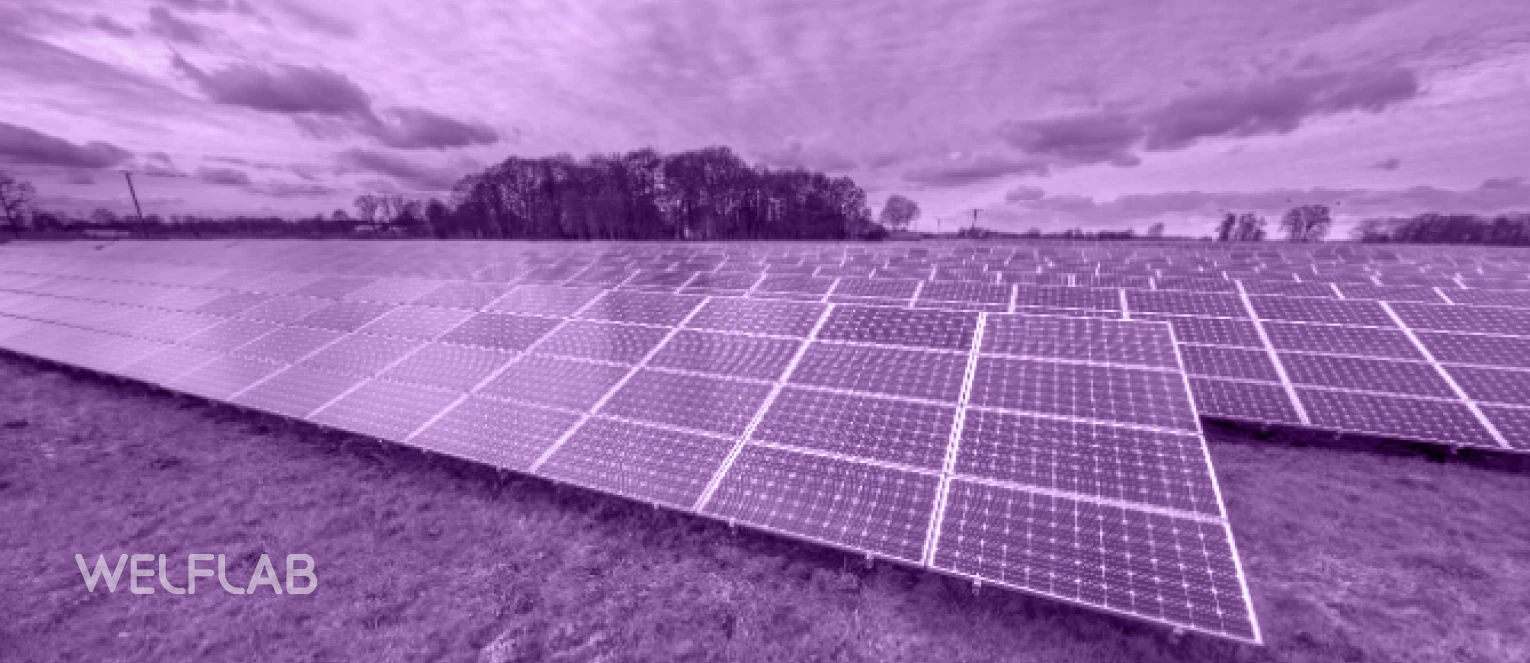The world is undergoing a profound transformation in the way it generates, distributes, and consumes energy. Climate change concerns, rapid urbanization, and advancements in technology have ushered in an era where energy efficiency, sustainability, and reliability are paramount. Central to this transformation is the concept of energy grid optimization, a fundamental shift that holds the key to a cleaner, more resilient, nd efficient energy future.
The Energy Grid’s Crucial Role
The energy grid, often referred to as the electrical grid, is the backbone of our modern society. It comprises an intricate network of power generation plants, transmission lines, substations, and distribution networks. Its primary function is to deliver electricity from power sources to homes, businesses, and industries. However, this grid, initially designed over a century ago, faces a new set of challenges in the 21st century.
The traditional approach to energy grid management was linear and one-size-fits-all. Power generation was centralized, predominantly relying on fossil fuels, and distribution was designed to meet peak demand. This model had its merits but was inherently inefficient and posed environmental concerns.
Energy Grid Optimization Defined
Energy grid optimization represents a paradigm shift in the way we generate, distribute, and manage electricity. At its core, it is a multifaceted approach aimed at maximizing the efficiency, sustainability, and resilience of energy grids. It leverages advanced technologies, data-driven insights, and innovative strategies to create a more dynamic and adaptable energy infrastructure.
Several critical components constitute energy grid optimization:
- Demand Response:
Demand response programs empower consumers to play a more active role in managing their electricity consumption. By incentivizing consumers to adjust their electricity usage during peak demand periods, these programs help balance the grid, reduce stress on infrastructure, and minimize the need for costly peak generation facilities.
- Distributed Energy Resources (DERs):
Distributed energy resources include a range of decentralized power sources, such as solar panels, wind turbines, and energy storage systems. By integrating DERs into the grid, energy can be generated and stored locally, reducing transmission losses and enhancing grid resilience.
- Smart Grid Technology:
Smart grid technology incorporates advanced sensors, communication networks, and data analytics into the grid infrastructure. This technology enables real-time monitoring and control, optimizing energy distribution, improving fault detection, and facilitating the integration of renewable energy sources.
- Energy Storage:
Energy storage solutions, such as batteries, enable the capture and storage of excess energy during periods of low demand. This stored energy can be deployed during peak times, reducing the need for additional generation capacity and enhancing grid stability.
- Grid Modernization:
Grid modernization involves upgrading aging infrastructure and incorporating digital technologies. This modernization enhances the grid’s overall efficiency, resilience, and capacity to accommodate a diverse energy mix.
Benefits of Energy Grid Optimization
The advantages of energy grid optimization are wide-ranging and touch upon various aspects of society, the economy, and the environment:
- Reliability and Resilience:
Optimized grids are more resilient to disruptions, whether caused by extreme weather events, equipment failures, or cyberattacks. They can quickly identify and isolate issues, minimizing service interruptions and reducing economic losses.
- Cost Savings:
By reducing energy waste, optimizing grids can lead to cost savings for both utilities and consumers. Energy-efficient systems require less maintenance and lower operating costs, which can translate into lower electricity bills.
- Environmental Sustainability:
Energy grid optimization promotes sustainability by facilitating the integration of renewable energy sources, reducing greenhouse gas emissions, and minimizing the need for fossil fuel-based power plants.
- Enhanced Grid Security:
Modernized grids are less vulnerable to cyber threats and physical attacks. Advanced cybersecurity measures can safeguard critical infrastructure, ensuring a secure and reliable energy supply.
- Flexibility and Adaptability:
Optimized grids are more flexible and capable of accommodating a diverse energy mix. This adaptability is crucial as the energy landscape continues to evolve, with increased reliance on renewable energy sources and distributed generation.
Challenges in Energy Grid Optimization
While energy grid optimization offers substantial benefits, it also presents several challenges that must be addressed for its successful implementation:
- Infrastructure Investment:
Modernizing and optimizing the grid often requires significant capital investment. Upgrading aging infrastructure, integrating advanced technology, and expanding renewable energy sources can strain budgets. However, these investments are essential for long-term grid resilience and sustainability. Governments, utilities, and private sector entities are increasingly collaborating to secure funding and accelerate grid modernization efforts.
- Data Management:
The efficient operation of an optimized grid relies on data from various sources, including smart meters, sensors, and energy management systems. Managing, processing, and securing this data pose significant challenges. Utilities are adopting advanced data management platforms and cybersecurity measures to ensure the integrity and privacy of grid data.
- Regulatory Barriers:
Outdated regulations can hinder the deployment of innovative grid optimization technologies and practices. Regulatory reforms are necessary to accommodate new energy paradigms, such as distributed energy resources and demand response programs. Forward-thinking regulatory bodies are working to create frameworks that incentivize grid optimization while ensuring fair competition and consumer protection.
- Consumer Engagement:
Engaging consumers in grid optimization efforts is a critical yet complex task. Utilities are implementing educational campaigns, user-friendly mobile apps, and real-time energy consumption feedback to encourage consumers to participate in demand response programs, energy conservation, and grid management. Consumer involvement is essential for achieving the full potential of grid optimization.
Technology Driving Grid Optimization
Technology plays a pivotal role in overcoming these challenges and driving energy grid optimization:
- Advanced Sensors and IoT:
The Internet of Things (IoT) and advanced sensors enable real-time monitoring of grid components, allowing utilities to identify and respond to issues promptly.
- Big Data and Analytics:
Big data analytics process vast amounts of data to extract valuable insights, optimize grid operations, and predict maintenance needs.
- Artificial Intelligence (AI):
AI algorithms are used for predictive maintenance, demand forecasting, and grid optimization. Machine learning models can optimize energy distribution based on historical data and real-time conditions.
- Blockchain:
Blockchain technology can enhance grid security and enable peer-to-peer energy trading, allowing consumers to buy and sell excess energy directly.
- Edge Computing:
Edge computing brings data processing closer to the source, reducing latency and improving grid response times.
The Global Impact of Grid Optimization
The benefits of energy grid optimization extend beyond individual regions. They have a global impact that addresses critical energy and environmental challenges:
Reducing Carbon Emissions:
Optimizing the grid to integrate more renewable energy sources, such as wind and solar power, contributes to a significant reduction in carbon emissions. This aligns with international climate agreements and helps combat global warming.
Energy Access:
In many parts of the world, grid optimization efforts aim to extend access to electricity for underserved populations. Mini-grids, powered by renewable energy sources and supported by advanced grid management systems, are making electricity accessible to remote and off-grid communities.
Resilience to Natural Disasters:
Modernized grids are better equipped to withstand and recover from natural disasters, ensuring a more reliable power supply during emergencies. This enhanced resilience improves public safety and supports disaster response efforts.
Global Collaboration: Energy grid optimization is a global endeavor that fosters collaboration between countries, regions, and organizations. Knowledge sharing, technology transfer, and international partnerships facilitate the development of best practices and solutions.
Conclusion
Energy grid optimization is not just a technological upgrade; it represents a fundamental transformation in how we produce, distribute, and consume energy. By embracing advanced technologies, data-driven decision-making, and innovative strategies, we can create energy grids that are more reliable, efficient, and sustainable. These optimized grids are not only crucial for meeting the growing energy demands of our world but also for addressing environmental concerns and building a more resilient energy future.
As we continue to advance in the field of energy grid optimization, it is imperative that governments, utilities, businesses, and consumers work together to overcome challenges and seize the opportunities presented by this transformation. The journey toward an optimized energy grid is a journey toward a brighter, cleaner, and more sustainable future for all.





